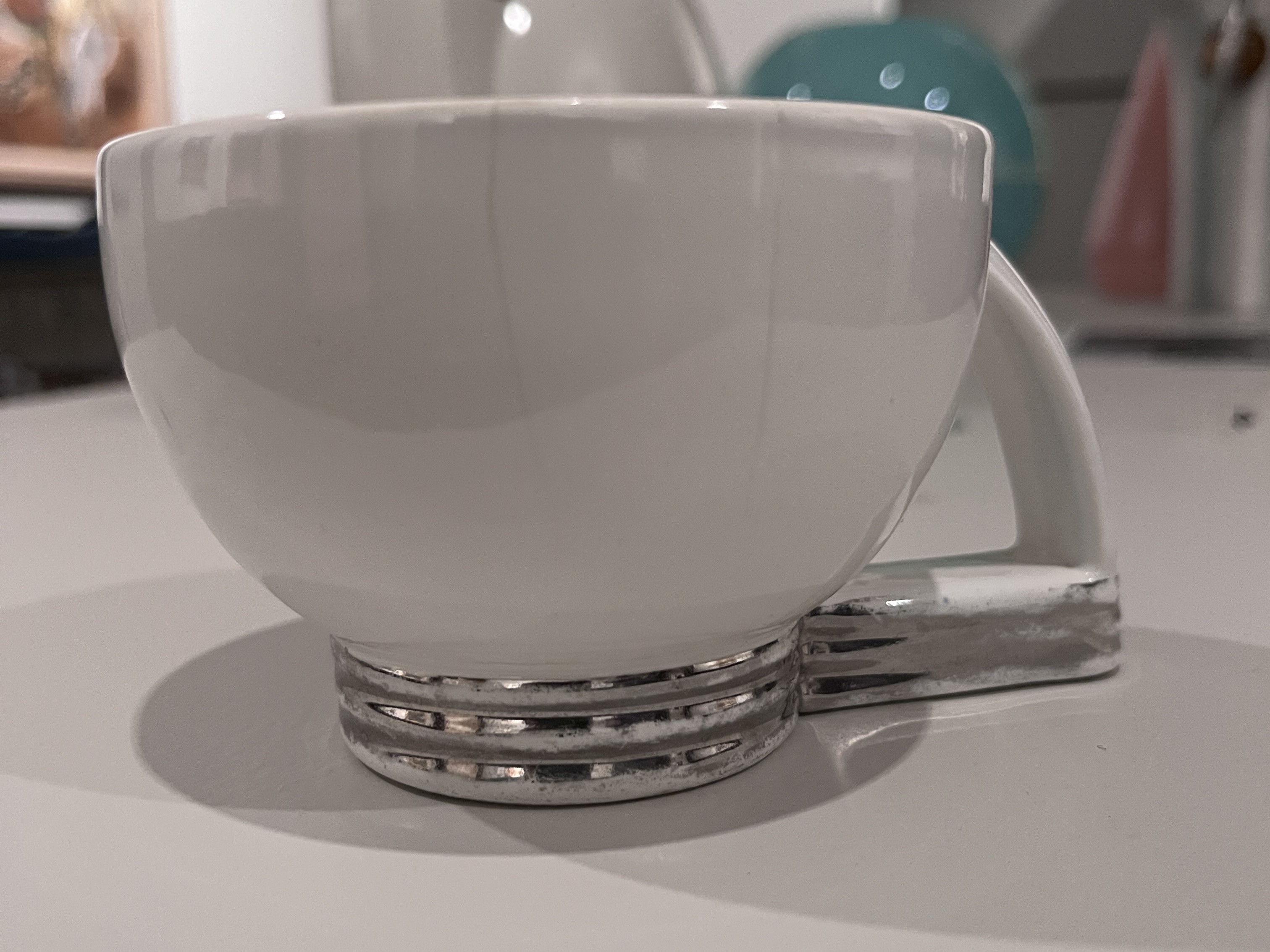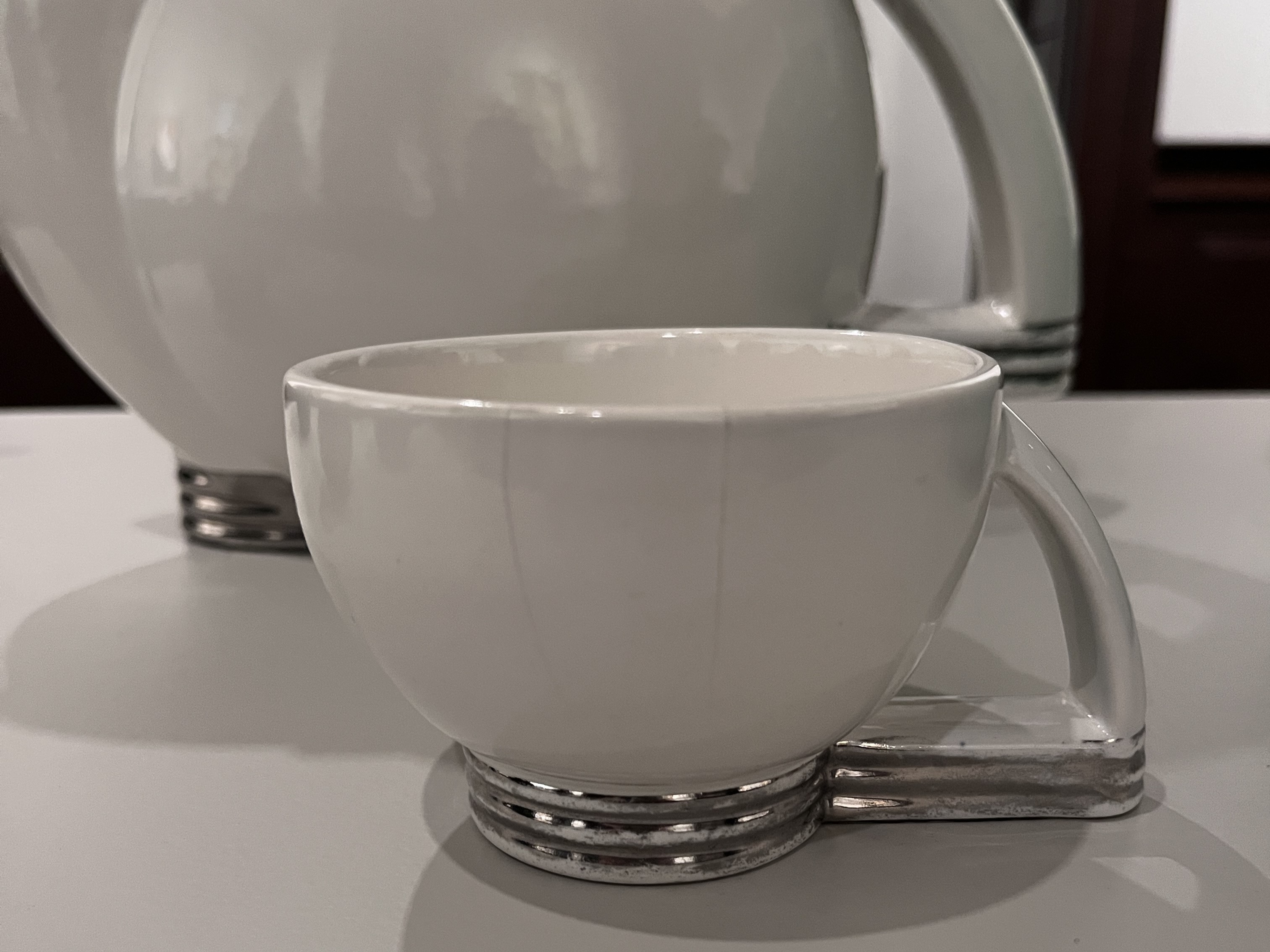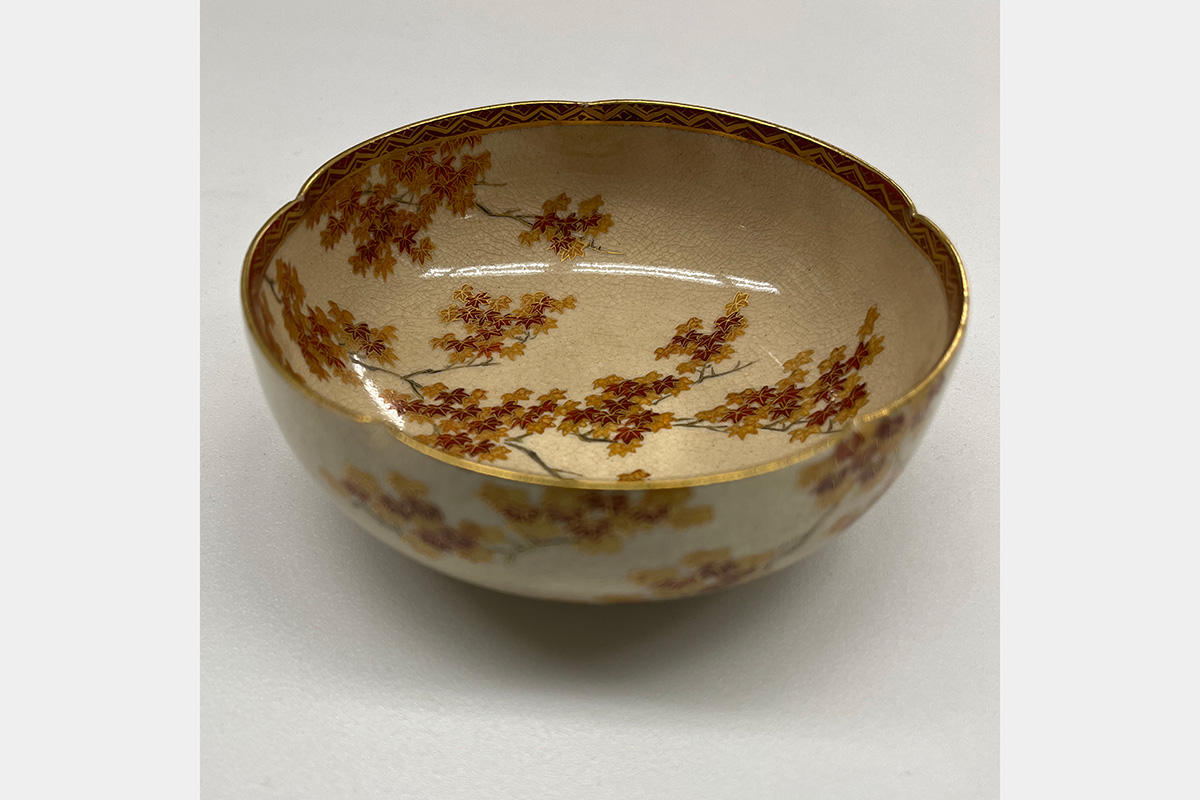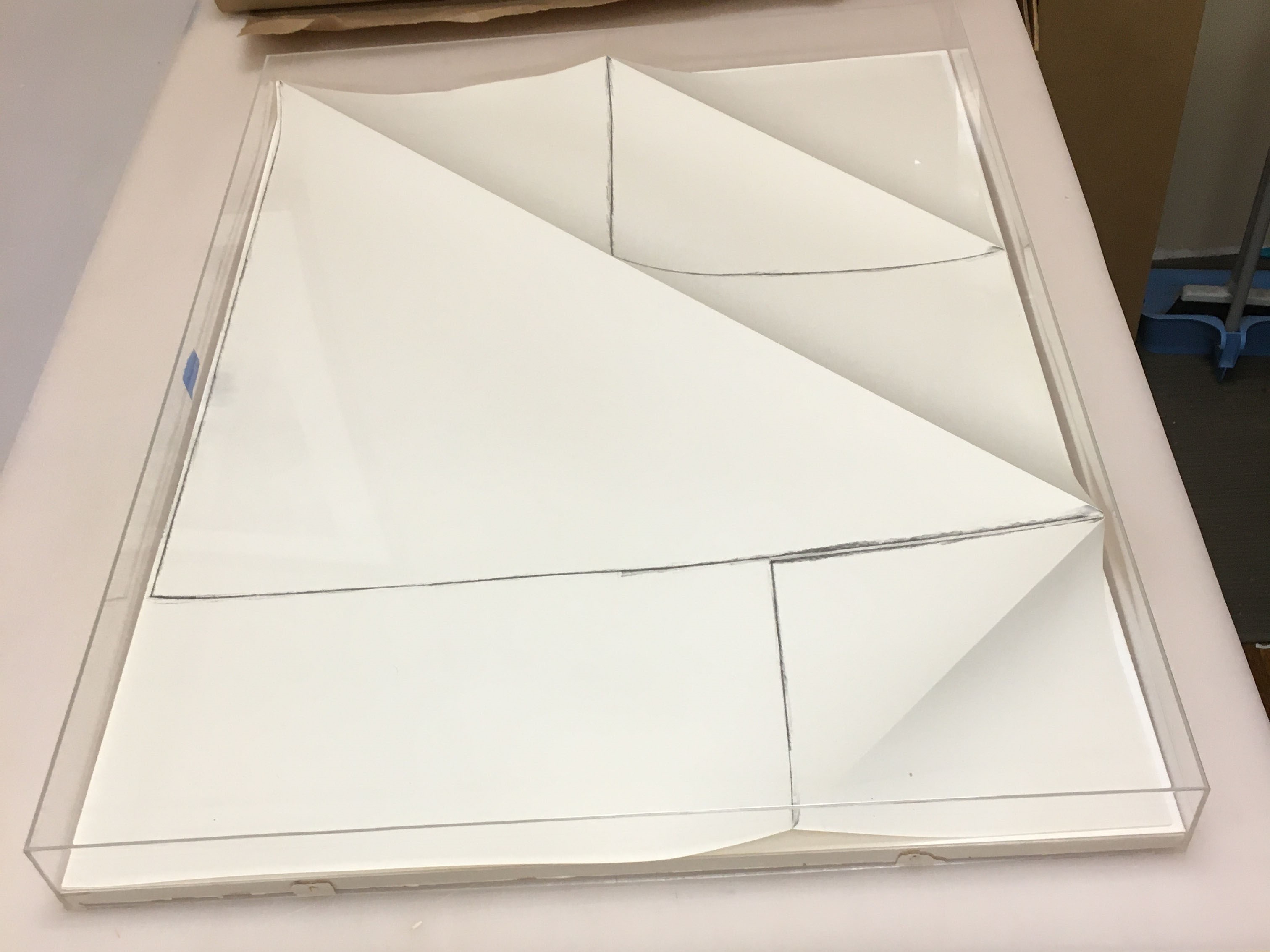- Events & Programs Home
- Calendar
- Accessibility
- Adults
-
Families & Teens
- Families & Teens Home
- 10x10 Teen Art Expo
- Art on the Rise
- Art Together: Art Making for Families with Children Ages 3–5
- Babies Sing with May Festival Minis
- Boy Scouts / Girl Scouts
- CAM Kids Day
- Family Storytime and Gallery Walk
- Family Studio: Art Making for Families with Children Ages 6–12
- Games in the Galleries
- Members-Only Baby Tours
- Public Baby Tours
- REC Reads
- Rosenthal Education Center (REC)
- Saturday Morning Art Class
- See Play Learn Kits
- Summer Camp
- Teen Fest: Zine and Comic Exchange
- RECreate
- Teachers
- Community Outreach
- Fundraisers
- Plan Your Own Event

- Events & Programs Home
- Calendar
- Accessibility
- Adults
-
Families & Teens
- Families & Teens Home
- 10x10 Teen Art Expo
- Art on the Rise
- Art Together: Art Making for Families with Children Ages 3–5
- Babies Sing with May Festival Minis
- Boy Scouts / Girl Scouts
- CAM Kids Day
- Family Storytime and Gallery Walk
- Family Studio: Art Making for Families with Children Ages 6–12
- Games in the Galleries
- Members-Only Baby Tours
- Public Baby Tours
- REC Reads
- Rosenthal Education Center (REC)
- Saturday Morning Art Class
- See Play Learn Kits
- Summer Camp
- Teen Fest: Zine and Comic Exchange
- RECreate
- Teachers
- Community Outreach
- Fundraisers
- Plan Your Own Event
Blog: CAM Uncovered
Blog: CAM Uncovered
- Home
- Plan Your Visit
- Art
-
Events & Programs
- Events & Programs Home
- Calendar
- Accessibility
- Adults
-
Families & Teens
- Families & Teens Home
- 10x10 Teen Art Expo
- Art on the Rise
- Art Together: Art Making for Families with Children Ages 3–5
- Babies Sing with May Festival Minis
- Boy Scouts / Girl Scouts
- CAM Kids Day
- Family Storytime and Gallery Walk
- Family Studio: Art Making for Families with Children Ages 6–12
- Games in the Galleries
- Members-Only Baby Tours
- Public Baby Tours
- REC Reads
- Rosenthal Education Center (REC)
- Saturday Morning Art Class
- See Play Learn Kits
- Summer Camp
- Teen Fest: Zine and Comic Exchange
- RECreate
- Teachers
- Community Outreach
- Fundraisers
- Plan Your Own Event
- Give & Join
- About
- Tickets
- Calendar
- Exhibitions
- Collections
- Blog
- Shop
All cracked up! What can teacup cracks tell us?
by Kelly Rectenwald, Objects Conservator
7/16/2025
CAMConservation , objects conservation , decorative art and design , Art Deco
On this teacup you can see two slightly darkened hairline cracks extending from the rim towards the base of the cup. This teacup now sits on display inside a case in the museum, but the cracks give us a glimpse into its previous life.
It is not uncommon for a coffee mug or teacup to become cracked or crazed* overtime They are, after all, used regularly if not daily, and this one is no different. A small hairline crack is not likely to be noticed immediately; the vessel will still function—and with a well-loved object, the owner will likely continue using it. The hairline crack will slowly darken over time with continued use after the crack forms. As the contents of the cup slowly seep into the cracks, they become stained, and thus more noticeable, especially with a light clay body and glaze.
The fact that we can see this hairline crack, slightly darkened, indicates that it was very likely in use after the cracks formed. We can also see wear to the metallic decoration along the base of the cup and handle, again, likely caused by use. Ceramic mugs, no matter how extravagant or plain, are often well-loved personal objects. Visible damage like this, from regular use, often tells a story that can connect us both with the object and the person who used it.
*craze = a network of minute cracks on the surface or glaze

Teacup
Paul Schreckengost (American, 1908–1983), designer, Gem Clay Forming Co. (America), manufacturer, Pitcher and Cup, circa 1938, glazed earthenware with silver, Museum Purchase: Gloria W. Thomson Fund for Decorative Arts, 2007.221a,b

Teacup (with matching pitcher in background)
Paul Schreckengost (American, 1908–1983), designer, Gem Clay Forming Co. (America), manufacturer, Pitcher and Cup, circa 1938, glazed earthenware with silver, Museum Purchase: Gloria W. Thomson Fund for Decorative Arts, 2007.221a,b
Related Blog Posts


Cincinnati, OH 45202
Toll Free: 1 (877) 472-4226
Museum Hours
Museum Shop
Terrace Café
Library
Cincinnati Art Museum is supported by the tens of thousands of people who give generously to the annual ArtsWave Campaign, the region's primary source for arts funding.

Free general admission to the Cincinnati Art Museum is made possible by a gift from the Rosenthal Family Foundation. Exhibition pricing may vary. Parking at the Cincinnati Art Museum is free.
Generous support for our extended Thursday hours is provided by Art Bridges Foundation’s Access for All program.

General operating support provided by:




